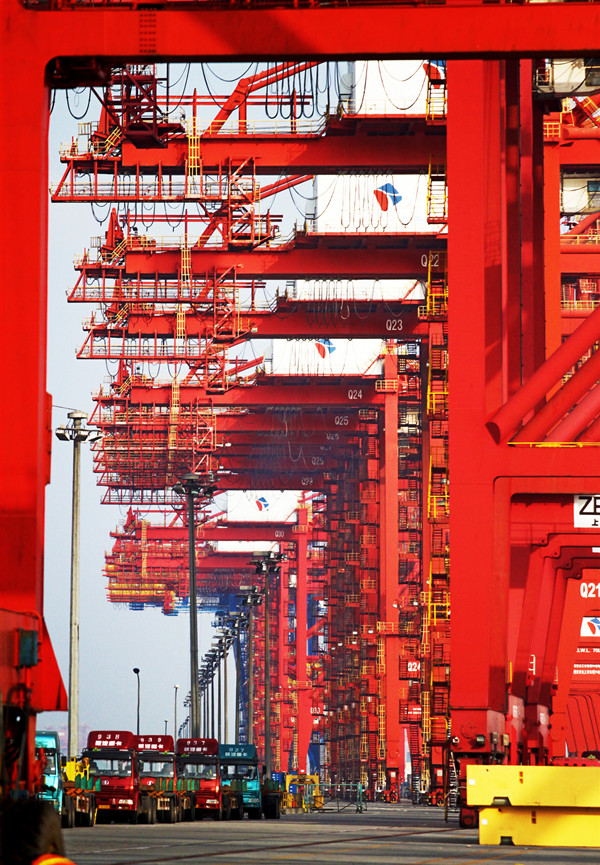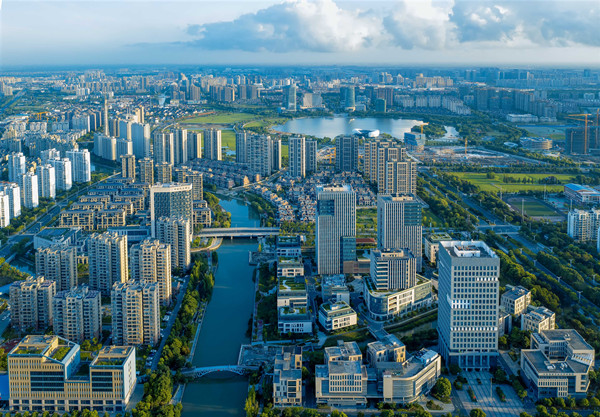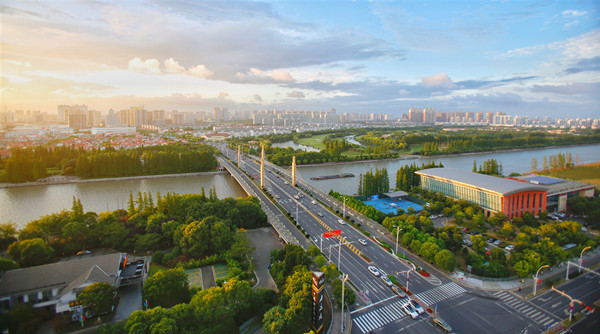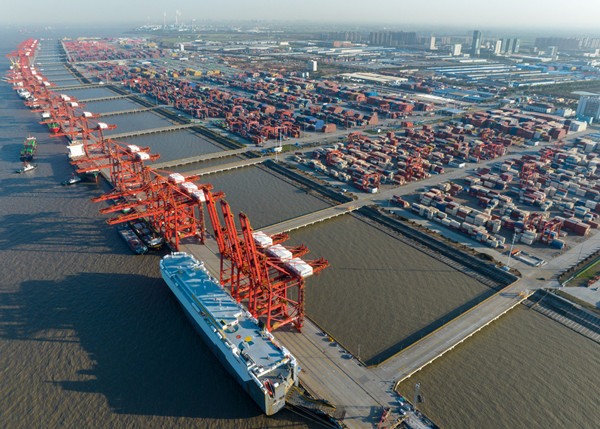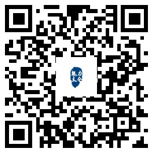Wu Chien-Shiung
Wu Chien-Shiung(May 31, 1912 – February 16, 1997) was a Chinese-American physicist with expertise in the techniques of experimental physics and radioactivity. Wu worked on the Manhattan Project (she helped to develop the process for separating uranium metal into the U-235 and U-238 isotopes by gaseous diffusion). She later performed experiments that contradicted the "Law of Conservation of Parity" and which confirmed the theories of colleagues. Her honorary nicknames include the "First Lady of Physics", the "Chinese Marie Curie", and "Madame Wu".

Life in China
Wu was born on May 31, 1912, in her ancestral hometown in Taicang, Jiangsu Province, China. Wu was the only child. She was raised in Liuhe, a small town in Taicang about 40 miles from Shanghai. Her father, Wu Zhongyi (吳仲裔), was a proponent of gender equality, and he founded the Mingde Women's Vocational Continuing School. Wu left her hometown at the age of 11 to go to the Suzhou Women's Normal School No. 2.
In 1929 Wu was admitted to the National Central University which later became the Nanjing University in mainland China and was reinstated in Taiwan. According to the governmental regulations of the time, "normal school" (teacher-training college) students wanting to move on to the universities needed to serve as schoolteachers for one year. Hence, in 1929 Wu went to teach in the Public School of China (中國公學), which had been founded by Hu Shi in Shanghai.
From 1930 to 1934, Wu studied in the Physics Department of the National Central University. For two years after graduation, she did graduate-level study in physics and also worked as an assistant at the Zhejiang University. After this, Wu became a researcher at the Institute of Physics of the Academia Sinica.
Life in the United States of America
Wu decided that she wanted to and needed to continue her studies in physics to a higher level than was possible to do in China. Therefore, she started making applications to study at universities overseas, especially in California. Upon receiving a favorable response in 1936, Wu and her female friend, Dong Ruofen (董若芬), a chemist from Taicang, China, embarked on the long steamship voyage from China to the West Coast of the United States.
The two women most likely arrived at the large seaport of San Francisco, because Wu enrolled in graduate school at the University of California located then just in Berkeley, California, which is also on San Francisco Bay. After some time there, Wu's high abilities and good fortune found her a position as a graduate student under the supervision of one of the world's leading physicists, Ernest O. Lawrence, who won the Nobel Prize for Physics in 1939 for his invention of the cyclotron atom smasher and the development of its applications in physics.
Under Dr. Lawrence, Wu made rapid progress in her education and her research, and she completed her Ph.D. degree in 1940.
Wu married the physicist Luke Chia-Liu Yuan(袁家骝), two years later, in 1942. Luke Chia-Liu Yuan's grandfather was Yuan Shikai, the first President of the Republic of China and in his final days—notoriously—a short-lived, self-proclaimed Emperor of China. Wu and her husband became the parents of one son, Vincent Yuan (袁緯承), who also became a physicist.
Wu died on February 16, 1997 after suffering her second stroke at the age of 84.
Academic career
The new Yuan family moved to the East Coast of the U.S., where Wu became a faculty member at, first, Smith College, then Princeton University in New Jersey for 1942-44, and finally at Columbia University in New York City, beginning in 1944 and continuing for many years after the war, all the way through 1980.
At Columbia University, Wu also did research and development for the Manhattan Project. She helped to develop the process for separating uranium metal into the U-235 and U-238 isotopes by gaseous diffusion. This was the process that was implemented on a gigantic scale at the K-25 Plant near Oak Ridge, Tennessee, whose construction began in 1944.
In her research at Columbia, Wu also worked to develop improved Geiger counters for measuring nuclear radiation levels.
At Columbia Wu knew the Chinese-born theoretical physicist Tsung-Dao Lee personally. In the mid-1950s, Lee and another Chinese theoretical physicist, Chen Ning Yang, grew to question a hypothetical law in elementary particle physics, the "Law of Conservation of Parity". Their library research into experimental results convinced them that this "Law" was valid for electromagnetic interactions and for the strong nuclear force. However, this "Law" had not been tested for the weak nuclear force, and Lee & Yang's theoretical studies showed that was probably not true. Lee and Yang worked out the pencil & paper design of several experiments for testing the "Conservation of Parity" in the laboratory, and then Lee turned to Wu for her expertise both in choosing one and then actually working out the hardware manufacture, set-up, and laboratory procedures for carrying out the experiment.
Wu chose to do this for an experiment that involved taking a sample of radioactive cobalt 60 and cooling to cryogenic temperatures with liquid gasses. Cobalt 60 is an isotope that decays by beta particle emission, and Dr. Wu was also an expert on beta decay. The extremely low temperatures were needed to reduce the amount of thermal vibration of the cobalt atoms to practically nil. Also, Dr. Wu needed to apply a constant and uniform magnetic field across the sample of cobalt 60 in order to cause the spin axes of the atomic nuclei to all line up in the same direction.
For this cryogenic work, Dr. Wu needed the expertise and the facilities of the National Bureau of Standards in liquid gases to aid her. She thus traveled to NBS headquarters in Maryland with her equipment to carry out the experiments.
Lee and Yang's theoretical calculations predicted that the beta particles from the cobalt 60 atoms would be emitted asymmetrically if the hypothetical "Law of Conservation of Parity" proved invalid. Dr. Wu's experiments at the NBS showed that this is indeed the case: parity is not conserved under the weak nuclear interactions. This was also very soon confirmed by her colleagues at Columbia University in different experiments, and as soon as all of these results were published—in two different research papers in the same issue of the same physics journal—the results were also confirmed at many other laboratories and in many different experiments.
For their taking the lead in all of this, and for their theoretical work on the question of parity in the physics of subatomic particles, Lee and Yang were quickly awarded the Nobel Prize for Physics in 1957.
An additional important experiment carried out by Dr. Wu was the confirmation of the Pryce and Ward calculations on the correlation of the quantum polarizations of two photons propagating in opposite directions. This was the first experimental confirmation of quantum results relevant to a pair of entangled photons as applicable to the Einstein-Podolsky-Rosen (EPR) paradox, or situation.

